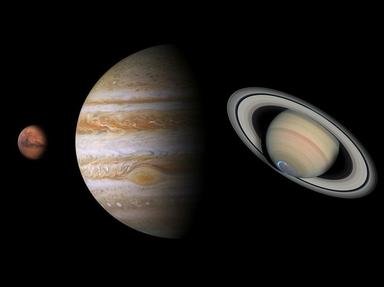Quiz Answer Key and Fun Facts
1. Photographed by at least seven spacecraft and the 'Spirit' rover, this moon is one of the least reflective in the Solar system.
2. Biggest moon in the solar system, bigger than the planet Mercury.
3. Directions for a Greek goddess's satellite: find the third rock from the Sun.
4. Largest of Neptune's moons, it is massive enough to be rounded by its own gravity.
5. Five known 'underworld' themed moons circulate this dwarf planet from the Kuiper belt.
6. Named after one of a race of Greek immortals, this moon is Saturn's largest.
7. This dwarf planet forms a binary system with its 'lawless' moon daughter Dysnomia.
8. Uranus has a number of moons referencing Shakespeare or Alexander Pope including this one.
9. Saturn has co-orbiting objects, sharing the same or a similar orbit. Trojan moons are one type and this one has a Trojan-connected name.
10. This is the 'agricultural' dwarf planet lying in the asteroid belt between Mars and Jupiter.
Source: Author
suomy
This quiz was reviewed by FunTrivia editor
rossian before going online.
Any errors found in FunTrivia content are routinely corrected through our feedback system.

